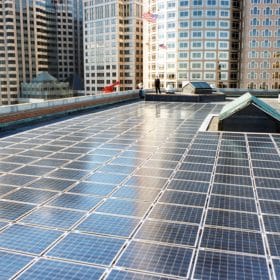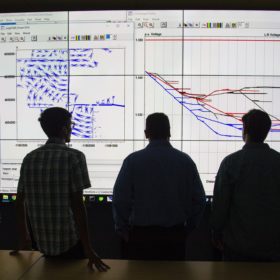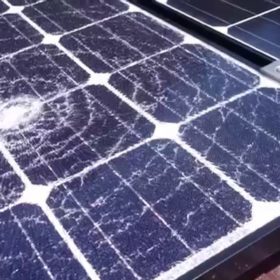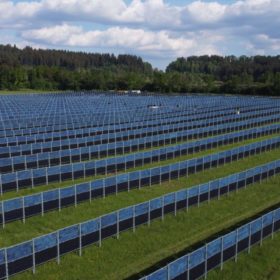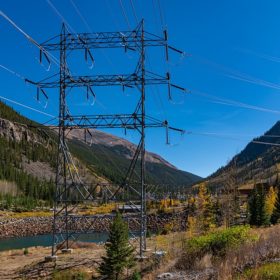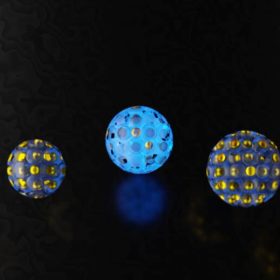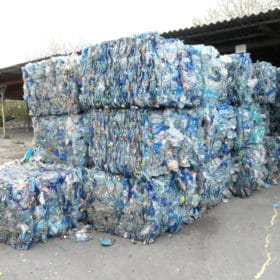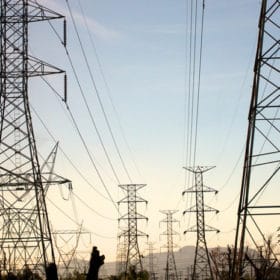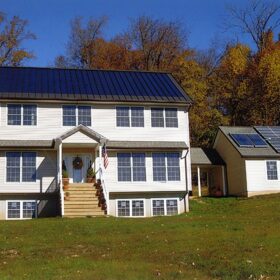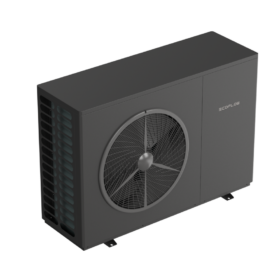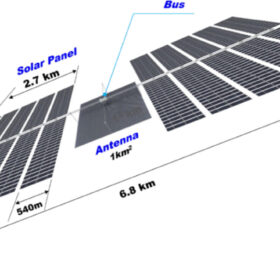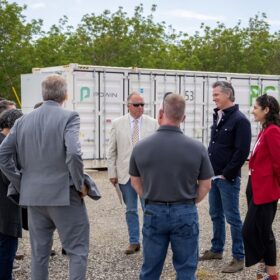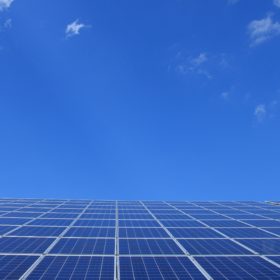Storage, wind, superpower: Part 3
In an interview with pv magazine publisher Eckhart Gouras, Tony Seba and Adam Dorr discuss their concept of “SuperPower” and argue that the resulting near-zero-cost energy could be used by states or regions to offer a competitive advantage to employers.
5 takeaways from a new NREL report on electrification’s future
The report looks at the potential impacts of widespread electrification on the U.S. electricity system—specifically, generation and transmission infrastructure investments, fuel use, system costs, and emissions.
Urban land and aerosols could accelerate hail storm formation
Research from the U.S. Department of Energy has found that urban landscapes and man-made aerosols have the potential to accelerate hail storm formation, make their winds harsher and direct these storms toward cities.
Could agrivoltaics feed our demand for clean energy?
Agrivoltaics could result in more food, more energy, lower water demand, lower carbon emissions, and more prosperous rural communities, says an Oregon State University researcher. He plans to build a farm to prove the point.
Database lists 616,818 global sites for sustainable pumped hydro
Australian researchers said that oOff-river” pumped-hydro is not only able to overcome the typical topographical issues of conventional pumped-hydro but also is cheaper.
Finding the ideal size for a quantum dot
New research describes an algorithm that can calculate the ideal characteristics for a quantum dot to maximize cell efficiency.
Venture capital funding in solar, storage and energy intelligence sees a year-end surge
At least a dozen energy transition startups are getting their start during the pandemic holiday season.
New process to recover PET and EVA from recycled solar panels
Researchers in China are proposing a new technique to recover polyethylene glycol terephthalate (PET) and ethylene-vinyl acetate (EVA) in solar panels at the end of their lifecycle. The two materials represent around 15% of the total material in a wasted solar cell, with a share of 10% for EVA and 5% for PET, respectively.
Financing the Energy Transition: $200M SPAC from TJ Rodgers, plus funding for nuclear fuel disposal, next-gen CSP and more
Another week, another wave of investments in the clean energy transition.
An interstate HVDC transmission system could save the US $1 trillion by 2050
Chart of the day: Researchers with Vibrant Clean Energy have created a model that outlines how upgrading the nation’s existing transmission system or building an entirely new one could save the country hundreds of billions of dollars by 2050.
